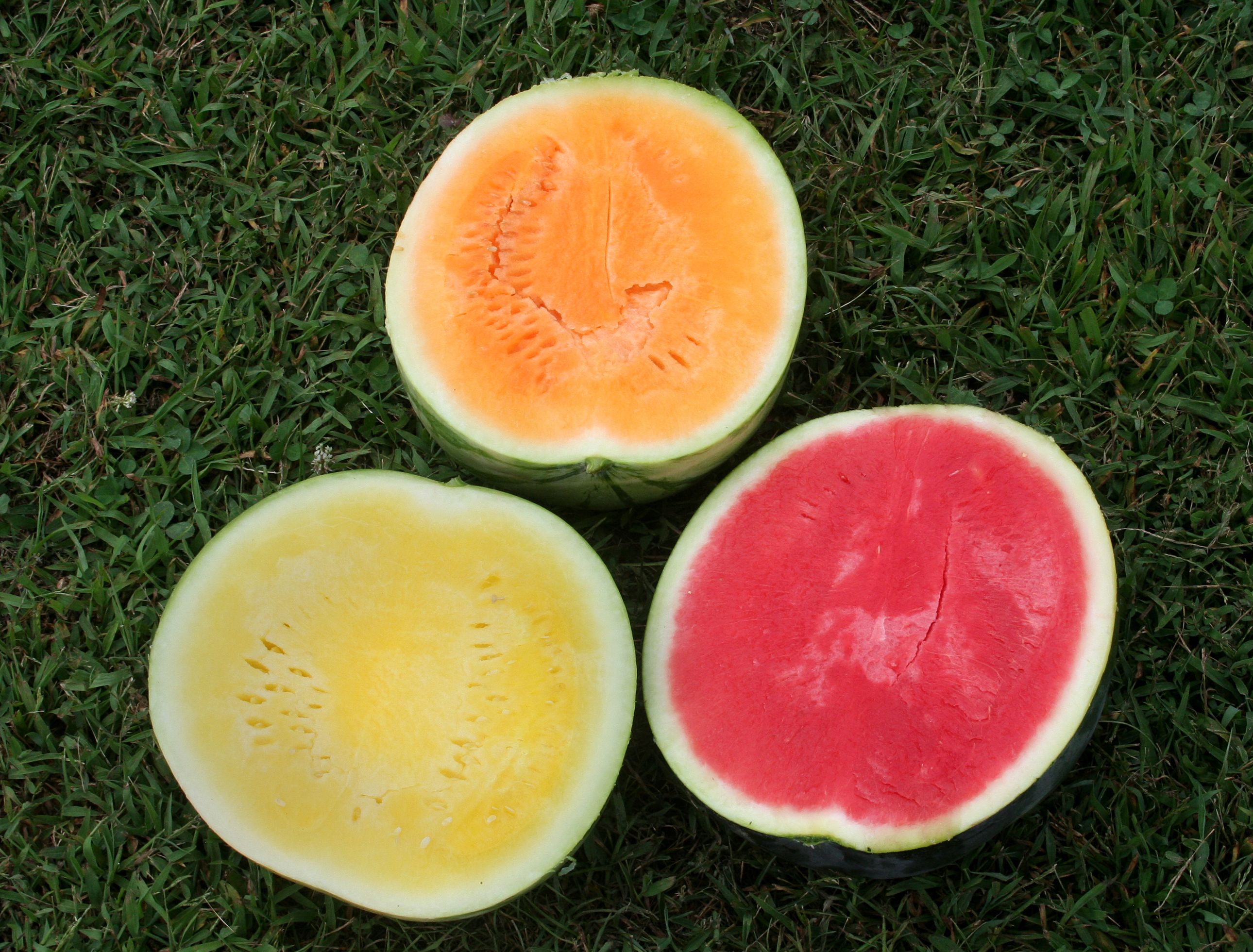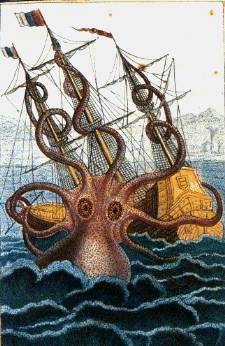WaterMelon: S. African Original
It is believed that watermelon originated in Southern Africa where it can be found growing wild.
Winslow Homer "Watermelon Boys", 1876.
Evidence of its cultivation in the Nile Valley was found from 2.000 BC and seeds were found at XII Dynasty sites and in the tomb of Pharaoh Tutankhamun.

Grace Carpenter Hudson "The Watermelon", 1920
Watermelon is also mentioned in the Bible as a food eaten by the Israelites under slavery in Egypt.
By the 10th century, they were being cultivated in China.
Moorish invaders had introduced it to Europe in the XIII century and it was grown by Native Americans in the 16th century.

Watermelon rinds, usually green or white, can be eaten and contain many nutrients and can be use as a vegetable: stir-fried, stewed or pickled!
Watermelon juice can be made into wine...and ART!
South African Foods: ENSETE
Known as "False Banana" or Abyssinian or Ethiopian Banana is a 6-12 m plant which flowers and carries fruits only once before it dies after 1-2 years (as a perennial plant)...
It isn´t a tree but a giant herb!
It isn´t a tree but a giant herb!
Ensete ventricosum, by Walter Hood Fitch, 1861.
The part of the plant that looks like a trunk is really a false stem called pseudostem, formed by the tight overlapping of leaves forming a casing or sheat; the pulp in the pseudostems and rootstock are eaten...

The pseudostem continues to raise as the leaves emerge one after the other until it reaches its maximum height and then the inflorescens emerge at the top of the plant which are tasty and are eaten cooked.
The plant is of the same family as the banana, but the fruits are only consumed in times of necessity.

The pea size seeds are used as beads, to make rosaries or rattles and can be eaten in times of starvation,

Finally the leaves can be used for thatching houses and the stalk to make fibres for ropes, sacks and baskets.
For fantastic photos and more info check:
Southern Giant Octopus
Reaching dimensions of up to 1.8 m and a weight of 11.4 kg the Enteroctopus magnificus lives from Namibia to Port Elizabeth in South Africa, from shallow muddy and sandy areas to about 1000 m depths.

They have distinct wrinkles or folds running lenghtwise on its body and a narrower head than the mantle. Watch its Pacific relative in this video...

Drawing by malacologist Pierre Dénys de Montfort, 1801 from the descriptions of French sailors reportedly attacked, off the coast of Angola
Enteroctopus known also as the giant octopuses, is a genus confined to the tepid areas of the Northern and Southern hemispheres characterized by their large size.
They have distinct wrinkles or folds running lenghtwise on its body and a narrower head than the mantle. Watch its Pacific relative in this video...
LeatherBack Sea Turtle or Lute Turtle
These critically endangered sea turtles, the largest of the species can weight up to a 900 kg (2000 pounds), measure nearly 2 m.

They are also the fastest reptile being able to swim at speeds of 35.28 kilometres per hour (21.92 mph).
They are also the most migrant of the turtles, crossing both the Pacific and the Atlantic ocean.
Watch the National Geographic video and read at:
http://animals.nationalgeographic.com/animals/reptiles/leatherback-sea-turtle/
They are also the fastest reptile being able to swim at speeds of 35.28 kilometres per hour (21.92 mph).
They are also the most migrant of the turtles, crossing both the Pacific and the Atlantic ocean.
http://animals.nationalgeographic.com/animals/reptiles/leatherback-sea-turtle/
Subscribe to:
Comments (Atom)